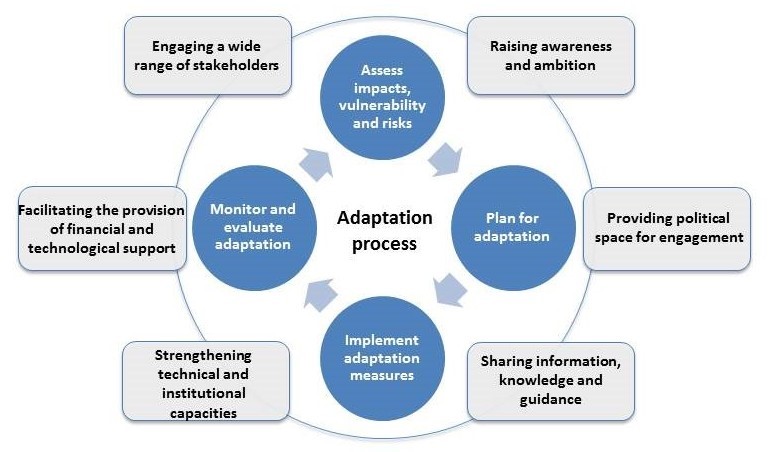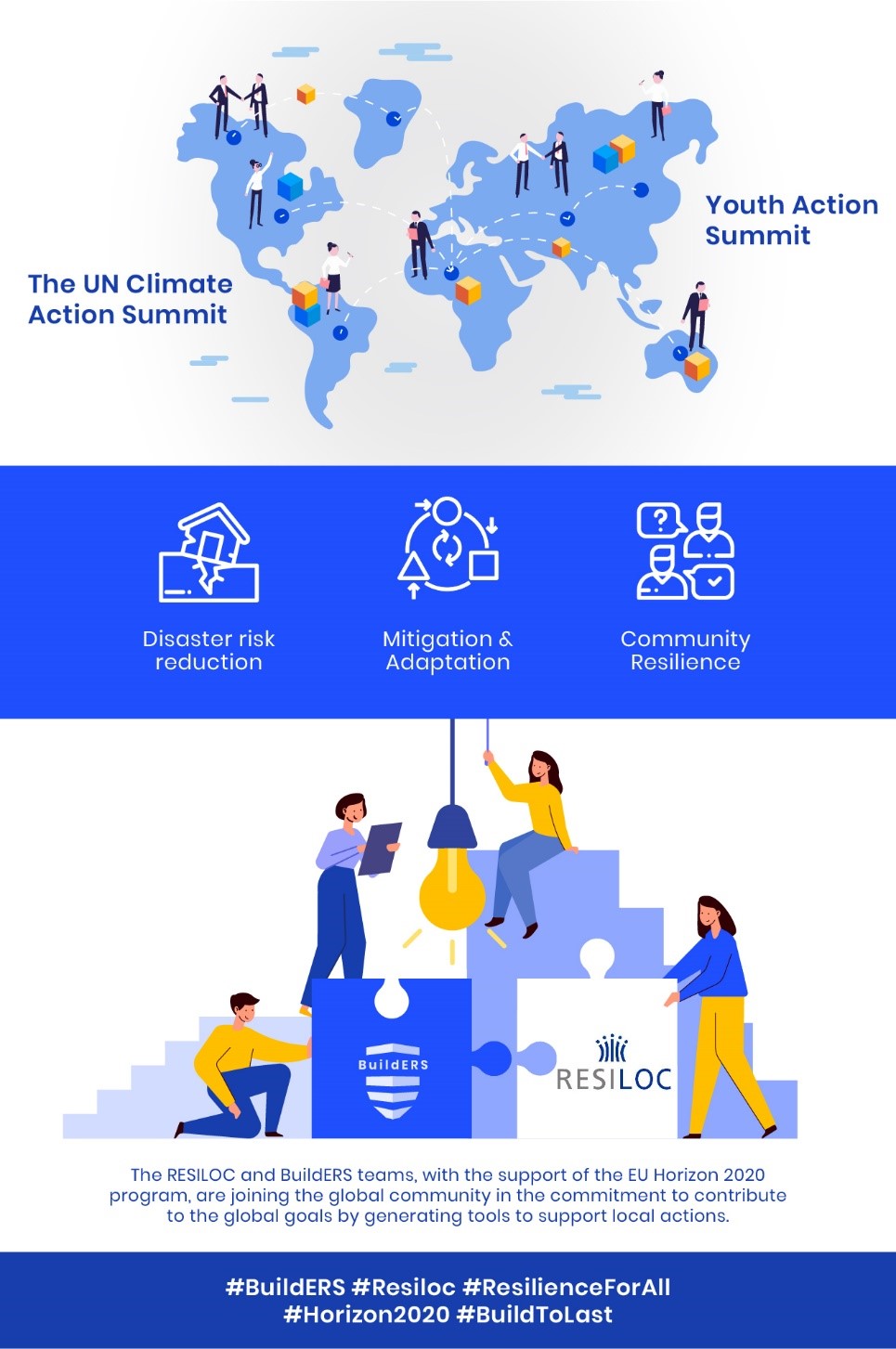Climate change is upon us, its effects getting more visible with each passing year, emerging threats causing unprecedented damage to ecosystems, livelihoods, infrastructure and economies. But there is a growing recognition that affordable and scalable solutions are needed and available to enable us to build cleaner, more sustainable economies and resilient communities.
Gratefully, we have the Paris Agreement - the first-ever universal, legally binding climate deal that sets out priorities and next steps to stop climate disaster. However, the agreement itself is meaningless if global leaders do not take ambitious actions, the corporate sector does not adopt and translate the shared objectives into its strategies and if we all do not change our ways to leave a new, lighter planetary footprint.
But, how do the recent global climate initiatives aim to enhance resilience within communities?
Resilience in relation with the recent global movements
Resilience refers to the ability of individuals, societies and communities to deal with a sudden impact of crisis or disasters, and restore as soon as possible their capacity to act.
Building resilience within a community requires to follow certain steps:
- Preparation: Resilient systems must be properly developed and adapted to fight extreme climate events through appropriate measures and actions.
- Preventions: These measures should be planned in a way to ensure that a loss does not happen in a first place.
- Protection: In case a loss happens, all the protective measures should be activated and work properly in order to eliminate the negative impacts of the disaster.
- Response: This stage refers to the quickness of the entire system to provide effective emergency aid to vulnerable people.
- Restoration: When danger is over, the rebuilding part comes and should make sure that the lesson is learnt in order to ensure the system is better prepared for future occasions.
During the ‘’preparation’’ stage, adaptation is crucial, and it refers to changes in processes, practices, and structures to reduce future risks and damages due to the climate change.
The figure below presents graphically the adaptation cycle under the UN climate change regime, including four general components – plan for adaptation, implement adaptation measures, monitor and evaluate adaptation and asses impacts, vulnerability and risks.

Last month, global activists, environmentalists and policymakers met in New York and put on the table the topic of resilience.
The UN Climate Action Summit

On the 21st of September, the UN Climate Action Summit gathered governments, the private sector, civil society, local authorities and other international organizations to discuss and develop ambitious solutions in six areas:
- global transition to renewable energy;
- sustainable and resilient infrastructures and cities;
- sustainable agriculture and management of forests and oceans;
- resilience and adaptation to climate impacts;
- alignment of public and private finance with a net zero economy.
Adaptation is fundamental as it leads to growth and reduces inequalities. To adapt means also to protect, restore and fund change. For United Nations Development Programme, adaptation also means climate-resilient economic development and support to sustainable livelihoods, especially for vulnerable populations.
This year, the Global Commission of Adaptation aims to accelerate adaptation around the world and improve human living conditions by promoting more sustainable economic development and security as well as establishing a new partnership called ‘’Risk-informed Early Action Partnership (REAP)’’. This mechanism aims to help ensure the world’s poorest, most vulnerable communities receive earlier and more accurate warnings of potential disasters. By investing in early warning systems, there is a double benefit; on one hand, we can protect local communities and save lives and livelihoods before an extreme weather phenomenon hits and on the other hand, authorities can take all necessary actions to prevent disaster happening.
The Youth Climate Action

Young leaders and activists from around the world participated to the Youth Climate Summit to showcase climate solutions and address the upcoming challenges to the global leaders. This year, the campaign Your Climate Action happened on the 21st of September while the Global Climate Strike came just one day before the UN Climate Action Summit, highlighting the urgency and necessity of taking individual and community-based action. The UN summit agenda was designed to encourage countries to commit to climate action, set higher climate targets and invest into faster transitions to sustainability and renewable energy.
UN Secretary General António Guterres precisely said:
“I am telling leaders, don’t come to the summit with beautiful speeches. Come with concrete plans, clear steps to enhance nationally determined contributions by 2020, and strategies for carbon neutrality by 2050.”
Community Engagement and the role of BuildERS and Resiloc
Communities are at the heart of the battle for greater resilience as their local knowledge combines with increased risk awareness, activating potential for protection, changes in policies and approaches, adaptation and recovery. The recent developments showed clearly that the global communities understand the climate and emerging threats related challenges, therefore, they are ready to act.
Innovative tools which address vulnerability and at the same time empower and enable, while being gender and all abilities inclusive, engaging all generations while leaving no one behind are in demand. Our shared goal should be to increase resilience through sustainable climate change adaptation, and disaster risk reduction using the whole-of-community/society approach.
The RESILOC and BuildERS teams, with the support of the EU Horizon 2020 program, are joining the global community in the commitment to contribute “as action by action the tide is changing”, in translating the global goals into local actions with the support of science.
RESILOC introducing participatory modelling of resilience building strategies, promoting strategic community ownership of challenges and solutions as well as synergies between technological developments and disaster risk reduction, recovery and community-based restorative actions.
BuildERS developing solutions to protect vulnerable communities and individuals from accidental and deliberate misinformation before, during and after a disaster.
Jointly we strive to bring together the validity of approaches and experiences of local communities, with the strategies and commitment of national and supra-national actors and the solutions generated by science and presented by technology to contribute to resilience for all.
